Ancient city of moonlight restored in NW Yunnan
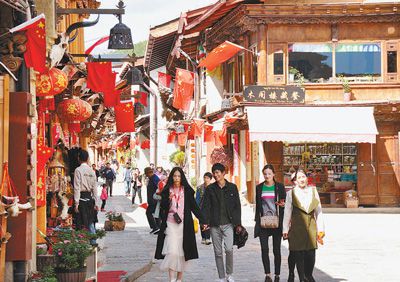
At the end of the National Day holiday, Ye Yongzhen was satisfied with the occupancy rate: 80 percent. Ye is a 29-year-old Tibetan girl who owns a holiday inn in northwest Yunnan’s Shangri-La City.
Her inn is located near the entrance to the old tow of Dukezong, also dubbed as the city of moonlight, in Shangri-La, and she has run her business for more than a year.
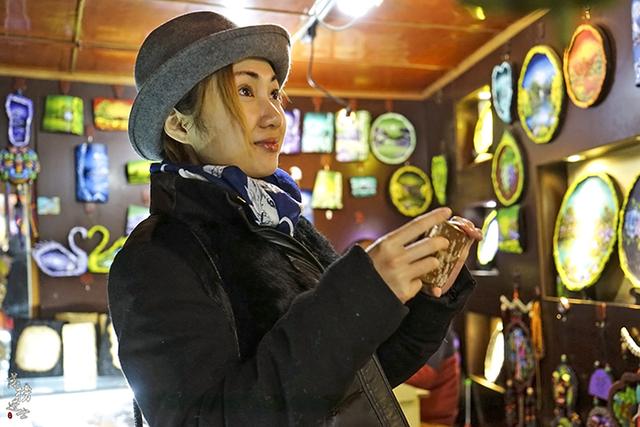
In 2016, Ye Yongzhen quitted her job as bank clerk to start a business, which was recognized by the parents. “I want to make my hometown Shangri-La known to more people,” said Ye.
Similarly, Xin Xin, another girl from Beijing, set up a club at the cultural center near the slope of the shoemakers' street in the ancient city. After five months of trial operation, Xin said the business has “lived up to her expectations.”
Xin Xin added she likes the peaceful life style in Shangri-La, and she also showed optimism about the future of the ancient city of Dukezong, which was visited by more tourists during this holiday.
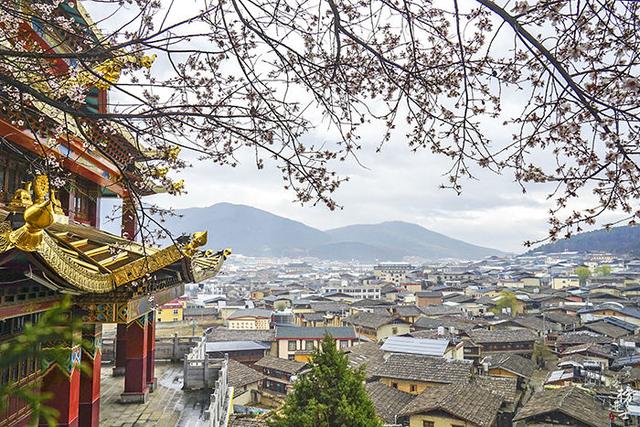
Located in Shangri-La, northwest Yunnan’s Diqing Tibetan Autonomous Prefecture, Dukezong used to be a key stop on the ancient tea-horses road. It is famous for its multiculturalism.
In the Tibetan language, Dukezong means “a castle built on the rock,” and it also has a beautiful name: The City of Moonlight. However, a fire in the winter of 2014 destroyed the central area of the ancient city.
Today, the moonlight city has been fully restored. Strolling in the reconstructed core area, you can see rows of residential buildings in traditional Tibetan style. Compared with those in days gone by, the new buildings look cleaner, more orderly, more spacious, and better equipped.
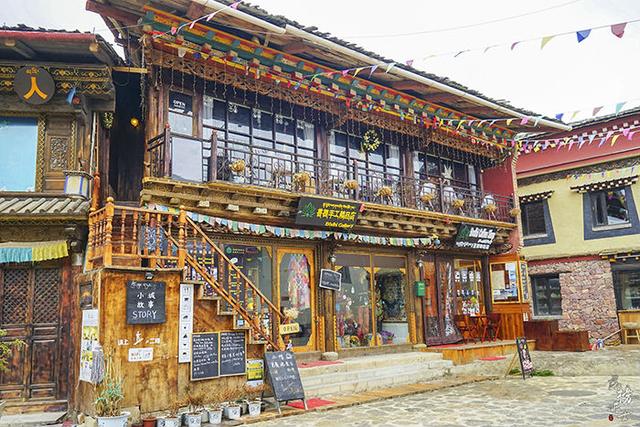
Yu Jianjun, deputy director of the Dukezong Ancient City Management Committee, has worked here since 2002 and he witnessed the rise of the moonlight city. “The fire destroyed the most-visited part of the old town, and to rebuild it step by step the number of the committee members has increased from four to 18,” said Yu.
However, it was not easy to regain the popularity of the ancient city: Many tourists thought that since the city was burned down, there is no need to come. "In fact, only 20 percent of the old town was burnt down,” added Yu.
To inject the vigor to the restored moonlight city, local tourism authorities stepped up promotional efforts. "Last year, we held many activities across China and invited in more businesses and investment,” said Zheng Rong at Diqing Bureau of Culture and Tourism.
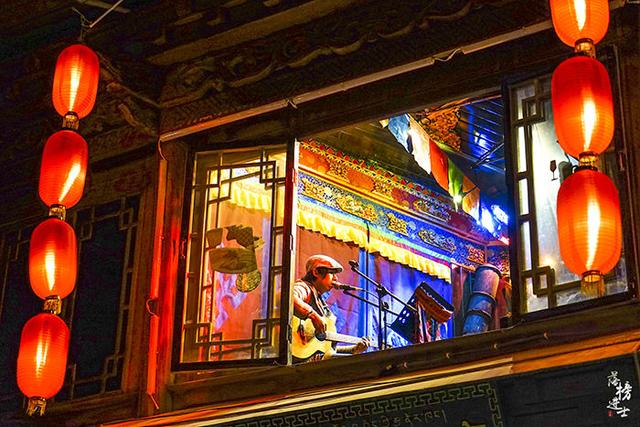
Liu Feng, a native of Zigong in Sichuan province, reopened a bar in the ancient city. The fire in 2014 ruined his first bar, but he was reluctant to leave. “My friends, the city of moonlight has made a comeback, awaiting your visits,” said Liu.
Reporting by Xu Yuanfeng (People's Daily); trans-editing by Wang Shixue. Online photos